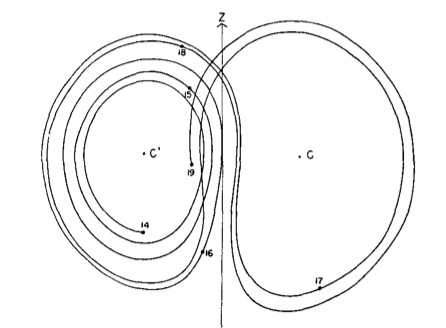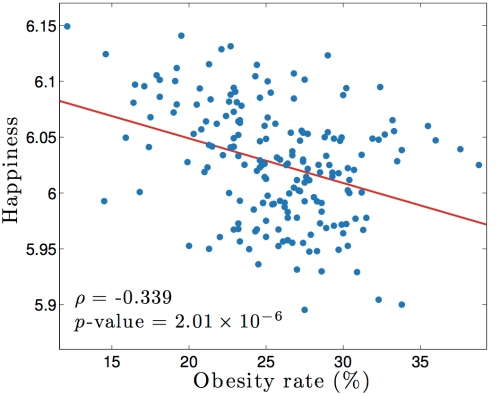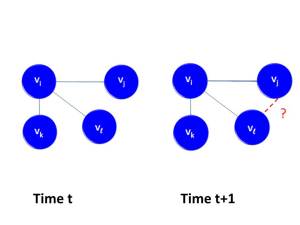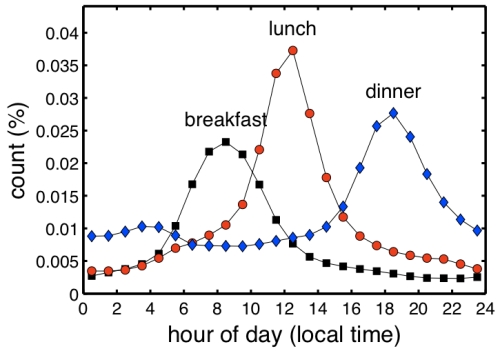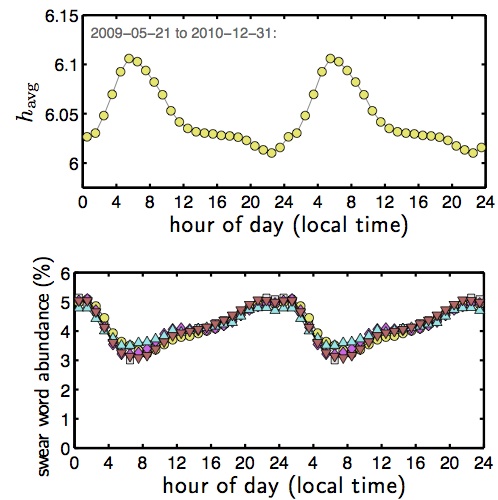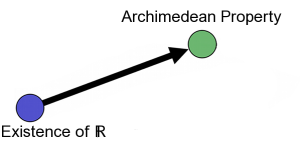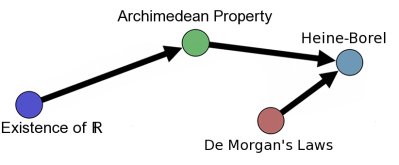Note: a version of this post was given by the author for Invocation at the UVM College of Engineering & Mathematical Sciences graduation ceremony, Flynn Theatre, May 18, 2014.
A few weeks ago—on one of those beautiful spring mornings that makes the long winter seem like it happened elsewhere—something quite remarkable took place here at the University of Vermont.
At the time, I was sitting outside on a small wooden picnic bench near my office on Trinity campus. The sun was shining, the birds were chirping their layered periodic rhythms, and the Green Mountains were finally living up to their name after months of radiating white.
I’d love to say that I was meditating within our glorious landscape. I’d really like to say that I was deeply appreciating the sacred gifts offered by Mother Nature. The truth is that I was totally geeking out.
I was reading storylabber Dilan Kiley’s undergraduate Honors thesis. It was awesome! He quantified the spread of information on Twitter in response to sudden, unanticipated events. These system-scale shocks can briefly synchronize our society’s chaotic collective attention. And while reading about them in Dilan’s thesis, I experienced one myself.
I heard a strange noise nearby, and looked up to find a moose staring at me, from 10 feet away. Well played Dilan.
The moose was out of breath, having been chased up the hill from the lake by an excited mob of followers. In a moment that seemed to last several seconds, we looked at each other. I was in awe. The moose looked unsure, confused, and lost.
Our time together was quickly interrupted by animal control officers. They were sprinting after the moose, trying to steer it safely into the woods. A small flock of undergraduates followed, looking at each other in disbelief at what they were seeing.
Not surprisingly, a seven foot tall, thousand pound wild animal jogging through campus caused quite a stir! Pictures of the moose received thousands of likes on social media, and #mooseontheloose started trending, at least here in Vermont. After a few hours in the spotlight, Vermont Fish & Wildlife happily reported that the moose found its way back into the woods north of campus.
I tell you this story today because I think the moose’s adventure offers some lessons for us as you wander off campus to find your way home.
In the past few weeks, I’ve spoken to many of you, asking about your plans for the future. This is a time of great transition in your life. Most of you don’t have a grand plan, or even a muddy pond to call home.
Like the moose, you too may feel a bit lost. You too will have many people taking your picture, and making a big fuss over you.
Over the coming months, you too will have well-intentioned loved ones trying to steer you to a safe path in life, advising you where to go, and what to do. You too will have to find your way through a noisy, often confusing set of uncertain options.
As people, we imitate role models whom we admire, using their past choices to inform our own. As scientists, we use mathematical models to make predictions, which are helpful, because unfortunately, observations of the future are not available at this time [1].
Seemingly inconsequential decisions, that you make, may change your life in the biggest ways. But which decisions are most important? To which decisions will your life be sensitively dependent?
I reached out to the hero of our story via his parody Twitter account @BTVMoose. Really. Talk about geeking out. I asked for words of wisdom for the class of 2014. Overcoming the great modern difficulty of finding a wireless internet signal in the dense forest, he was able to tweet this advice:
To paraphrase this bit of spiritual guidance: you may need to wander around a bit, before you find your way.
[1] Original quote from Knutson and Tuleya, Journal of Climate, 2005.



